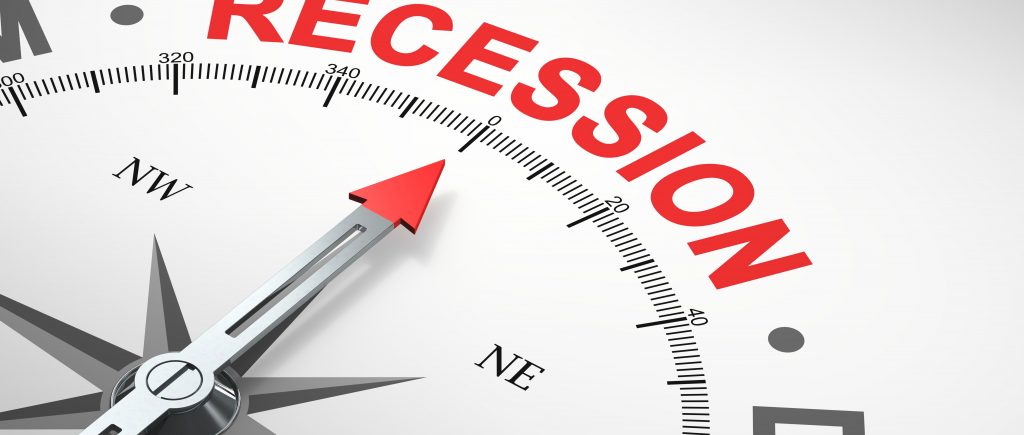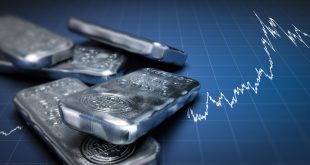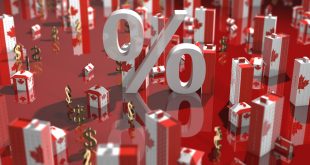US central bank policymakers have made it clear that they will do what it takes to control inflation. They are betting on a soft landing, but a bumpy one is still a risk.
Jerome Powell, the Federal Reserve chair, emphasized this week that the central bank he leads could succeed in its quest to tame rapid inflation without causing unemployment to rise or setting off a recession. But he also acknowledged that such a benign outcome is not certain. “The historical record provides some grounds for optimism,” Powell said.
The Fed has at times managed to raise interest rates to cool down demand and weaken inflation without meaningfully harming the economy, Powell highlighted examples in 1965, 1984 and 1994. But those instances came amid much lower inflation, and without the ongoing shocks of a global pandemic and a war in Ukraine.
The part Fed officials avoid saying out loud is that the central bank’s tools work by slowing down the economy, and weakening growth always comes with a risk of overdoing it. And while the Fed ushered in its first rate increase this month, some economists, and at least one Fed official, think the central bank was too slow to start taking its foot off the gas. Some warn that the delay increases the chance it might have to overcorrect as a result.
The Fed has touched off recessions with past rate increases: It happened in the early 1980s, when Paul Volcker raised rates in a campaign to bring down very rapid inflation and sent unemployment rocketing painfully higher in the process.
“There is no guarantee that there will be a recession, but you have high inflation, and if you’re serious about bringing it down quickly, you have to hike a lot. The economy doesn’t like that. I think the risk is substantial.
It is no surprise that it can be difficult to cool down inflation while sustaining an economic expansion. Higher borrowing costs trickle through the economy by slowing the housing market, discouraging big purchases and prompting companies to cut expansion plans and hire fewer workers.
That broad pullback weakens the labor market and slows wage growth, helping inflation to moderate. But the chain reaction plays out gradually, and its results can only be seen with a delay, so it is easy to lay on the brakes too hard.
Six of the eight Fed-rate-increase cycles since the early 1980s have ended in recession, though some of those were caused by external shocks, like the pandemic, and some by asset bubble implosions, including the 2007 housing crisis and the collapse in internet stocks in the early 2000s.
Fed officials are hoping that today’s strong economy will help them avoid a rough landing. They point to the fact that labor markets are booming and consumer demand is solid, so lifting rates and tempering voracious buying might help supply to catch up and chill the economy without giving it freezer burn.
Powell has argued that with so many open jobs per unemployed worker, the Fed might be able to slow down the labor market a bit without actually pushing the unemployment rate up. Loretta Mester, the president of the Federal Reserve Bank of Cleveland, said the Fed was not at a point where it had to decide between fighting inflation or pummeling growth.
“Given where the economy is now, and where the risks are, to my mind the major economic challenge is inflation,” Mester told reporters, adding that “I don’t see it as being a trade-off at this point.”
James Bullard, the president of the Federal Reserve Bank of St. Louis, said in an interview that he thought the fact that the central bank had credibility as an inflation fighter — and was raising rates to defend that credibility — could allow it to adjust policy in a way that allowed demand to moderate without causing major economic disruptions.
In the 1980s, when Paul Volcker was the Fed chair, the central bank had to convince the world that it was prepared to wrestle inflation under control after more than a decade of rapid price gains.
“Do whatever it takes, I guess that’s the mantra of the day; I do think inflation is our No. 1 concern,” Bullard said. “I don’t think, however, that it is a Volcker-like situation.”
Near-term consumer and market inflation expectations have shot higher over the past year as inflation has hit a 40-year high and continued to accelerate, but longer-term price growth expectations have only nudged slightly higher.
If consumers and businesses anticipated rapid price increases year after year, that would be a troubling sign. Such expectations could become self-fulfilling if companies felt comfortable raising prices and consumers accepted those higher costs but asked for bigger paychecks to cover their rising expenses.

 Noor Trends News, Technical Analysis, Educational Tools and Recommendations
Noor Trends News, Technical Analysis, Educational Tools and Recommendations




